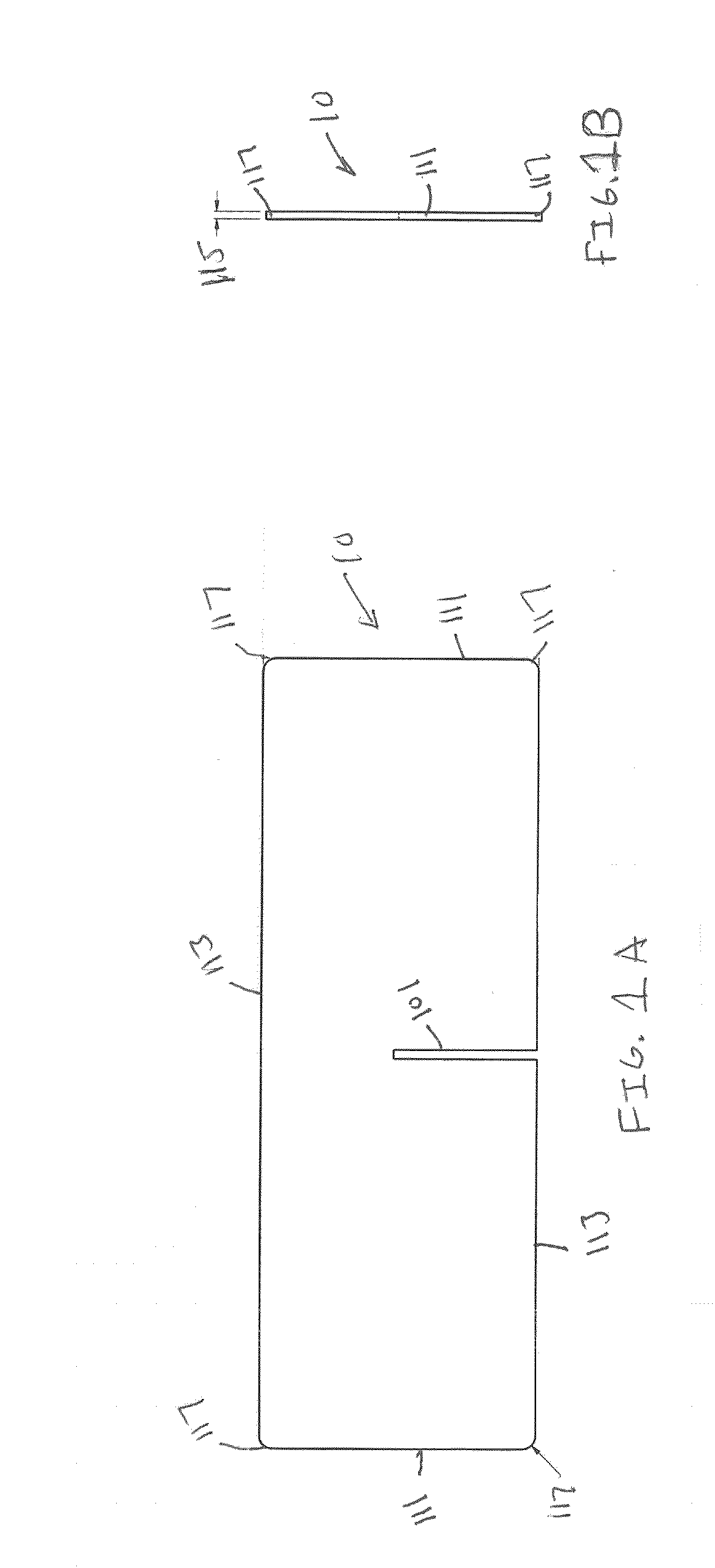One major issue in all baking is how the heat of the oven is transferred to the batter.
It is generally impossible to contact all of the batter with the exact same
radiant heat from the inside of the oven.
Further, even while all the exterior surfaces of a baked good are exposed to either conductive heat from the pan or convective heat from the air, the interior of a baked good also generally needs to be heated.
The problem with many
baked goods is that alteration in the heat profile of the oven and application of heat to the exterior via pan can dramatically alter the
resultant textures and profiles of the good.
Further, some recipes (such as Baked Alaska) specifically rely on ineffective
heat transfer to allow for different profiles to be maintained in different parts of the baked good.
It can be difficult to determine exactly how to cook any particular good without having utilized the same pan size, shape and material previously.
While this may not seem like a lot, it can cause a dramatic change in desired cooking times and temperatures.
Failure to adapt to such changes in pan size (or material) can lead to an edge of the baked good that was chewy in a full sized-pan becoming hard and crunchy in the slightly smaller pan.
The problem with cooking effects is that the baking of a good is generally dictated by the time to get the center of the good “done.” Undercooked food can be dangerous and
baked goods regularly contain products (such as eggs and other animal products) that need to be fully-cooked (that is reach a certain minimum temperature) to kill infectious organisms and be considered safe for human consumption.
Thus, baking times are often approximated and the baker will use tests (such as whether a
toothpick comes out clean) to determine if the product is actually “done.” When making a
recipe for the first time, or in a different pan, this vaguery can lead to the edges becoming overdone unintentionally.
Trying to obtain these specialized effects (which are often desirable) can require additional accuracy in cooking temperatures and times and failure to correctly cook the center of the batter can lead to destruction of the desirable
edge effects to complete the process.
Specifically, having to continue to cook a baked good in order to fully cook the center can result in the
edge effects being lost and the edges becoming overcooked which can result in
carbonization (blackening) or the edges becoming hard, effectively harming the dish as a whole.
While this type of pan can work well for easing cooking times by having smaller compartments and creating separated goods, it has a few inherent problems including that it can be difficult to get the
baked goods out of the cups without use of papers or other liners because of the rigid shape.
Further, it can alter the heat profile of the pan due to the dramatically increased surface
exposure of the batter to the pan walls resulting in a need to dramatically alter cooking time and / or temperature.
Further, the pan is wasteful as much of it is not used and simply acts to connect the individual wells together resulting in a need for the pan to be much larger to hold the same amount of batter.
Finally, it can be difficult to evenly fill the individual cups without exterior measurement which can result in products of different sizes and cooking differences between the differently sized products and many people do not want a number of small objects for their baking process.
While this can be useful to provide for more edge-effect baking, it has a problem that it only provides a
single compartment and is not used to separate goods of slight difference.
Further, it's specialized shape means that it is only useful for the specific type of edge baking for which it is designed.
One problem with these pans is the need of the pans to provide internal square corners which can make product hard to remove to allow for the dividers to be correctly positioned and separate the compartments.
Further, in order for the parts to connect together correctly, the pans only work when all components are integrated and designed to work together.
Thus, a
consumer cannot utilize existing bake ware they already have with the dividers and are generally forced to purchase a complete pan specific for this use.
The pan also will generally not work without all the parts in place.
 Login to View More
Login to View More 


